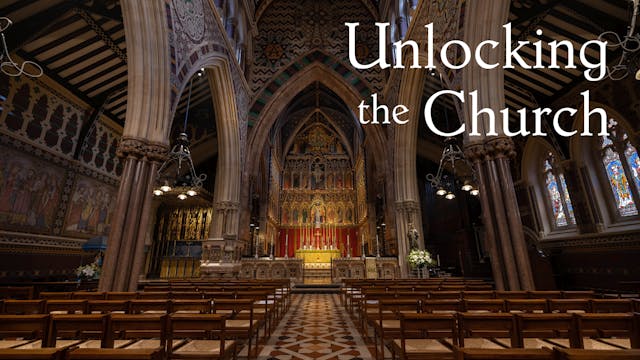Digital analysis of lost architecture: Lutyens’ Liverpool Metropolitan Cathedral
Architecture
•
53m
This talk will analyse Sir Edwin Lutyens’ design for Liverpool Metropolitan Cathedral, which, according to his son, was ‘the very greatest building that was never built.’ Whilst research and critique of unbuilt or destroyed architecture is traditionally carried out through the examination of surviving information such as drawings, models, photographs, biographies and monographs, this talk will incorporate the use of contemporary digital representation techniques to re-present and re-analyse Lutyens’ cathedral, which would have been one of the largest places of worship in the world. The origins of a catholic cathedral in the city of Liverpool will be discussed, followed by the development and analysis of Lutyens’ design. Comparisons to the Thiepval Memorial to the Missing of the Somme will be made, and the talk will conclude by highlighting the demise of the Lutyens design and introduction of Frederick Gibberd’s scheme, incorporating the crypt of Lutyens’ design; the only portion to be built.
Dr Nick Webb is a qualified architect and lecturer at the Liverpool School of Architecture. As a researcher he is interested in how digital tools and techniques can be used as methods to enhance and critique our understanding of historic works of architecture, whether they be existing buildings, were built and then damaged or destroyed, or were not built at all. His research focuses on methods that enable new information to be provided that would not have been possible in a pre-digital context, including digital capture technologies such as laser scanning, three-dimensional digital modelling and analysis, and immersive virtual reality techniques. He is currently principal investigator on the AHRC funded project ‘Tracing the past: analysing the design and construction of English medieval vaults using digital techniques,’ alongside a team of researchers at Liverpool.
Up Next in Architecture
-
Unlocking the Church: The lost secret...
The Victorians completely transformed our churches: not only building thousands, but restoring – which often meant rebuilding – thousands more. Still more importantly, they transformed how the British understood and experienced their churches. No longer mere receptacles for worship, churches beca...
-
Lady Anne Clifford: An interview with...
Our Heritage Learning Officer, Steve Tarling, interviews Lady Anne Clifford's 8th great-grandson, Lord Anthony Hothfield, about his famous ancestors life, work and legacy.
-
The origins of aisles in the English ...
Although it may come as a surprise, given the ubiquity of aisles in Late Antique basilicas and early medieval monastic churches, there is little evidence for aisles in English parish churches before the middle of 12th century. One of the earliest and most accomplished examples is the CCT church o...



